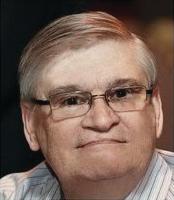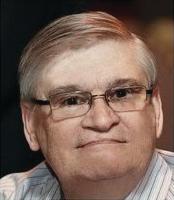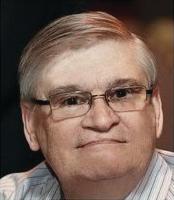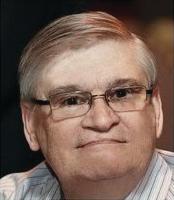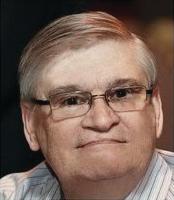Once an owner or a senior executive decides change is desired or required, he or she often wonders, “Where do I begin?”
My first piece of advice is to avoid trying to create an ideal future. It’s an impossible dream.
In the next week, listen for the terms “ideal” or “ideally.” You'll likely hear them at least once or twice a day. But be aware that these concepts are often unspoken but implied.
Here’s another weak approach: Given the present circumstances, what’s the best we can hope to achieve? This is a reaction to outside forces, distancing us from creating what’s truly important to us.
I have a fight-back strategy: Decide what you want and articulate it as a clear picture. What does “success” look like? How are you and others acting?
Clearly decide what is important to the enterprise and clarify the stands you take.
